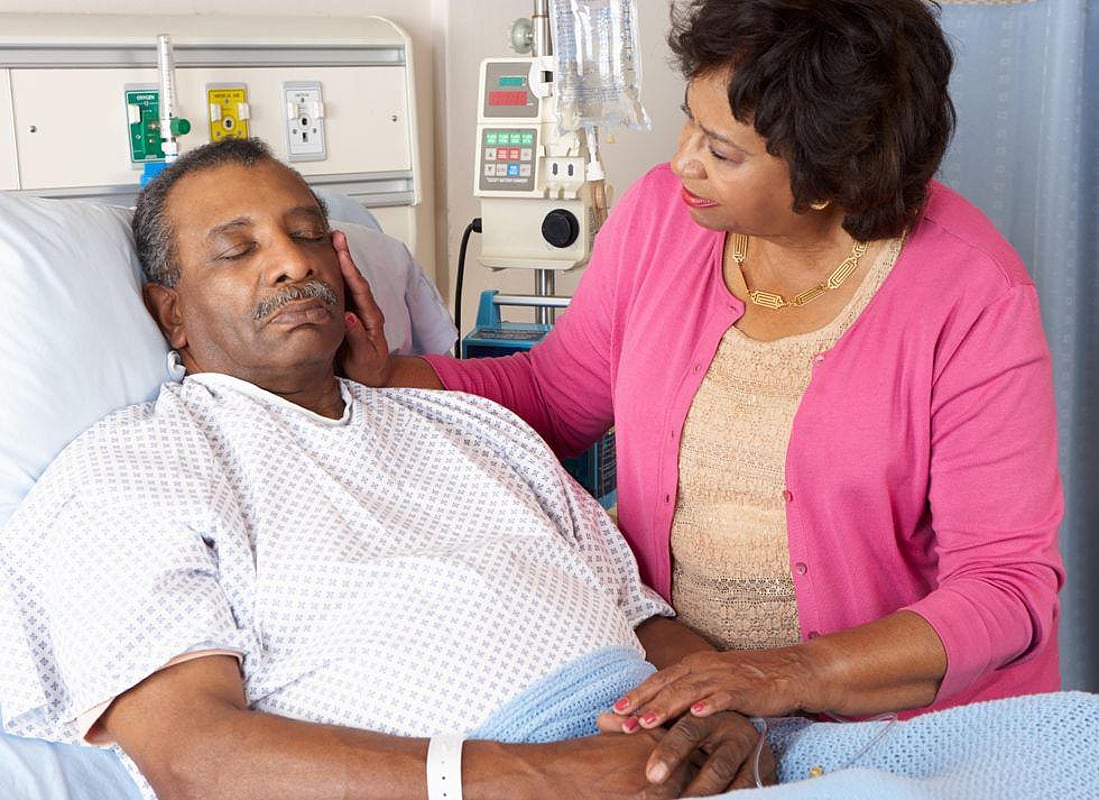Black, Hispanic COVID Patients Less Likely to Get Antiviral Paxlovid

FRIDAY, Oct. 28, 2022 (HealthDay News) -- Black and Hispanic patients are less likely to be given antiviral drugs such as Paxlovid to help battle a bout of COVID-19 than white patients are, a new government report shows.
In a study of more than 700,000 patients with COVID-19, researchers from the U.S. Centers for Disease Control and Prevention found that Black patients were 36% less likely to be prescribed Paxlovid than white patients, while Hispanics were 30% less likely to get the drug.
"Multiple factors likely contributed to lower Paxlovid treatment among racial and ethnic minority groups," said researcher Tegan Boehmer, acting lead of the CDC's Healthy Community Design Initiative.
Why the disparity? The reasons likely include minority patients having less access to COVID-19 treatments, negative experiences with health care providers that erode trust, and less awareness of treatment options, Boehmer said.
"It's also possible that racism or unrecognized biases among health care providers could affect prescribing practices," she added.
Disparities in Paxlovid treatment for Black and Hispanic patients were generally greater among patients at higher risk for severe COVID, including those aged 50 and older and those with weakened immune systems, Boehmer noted. "It is critical that all eligible persons receive recommended treatments," she stressed.
Paxlovid is an antiviral pill that can be taken to help keep high-risk patients from getting so sick that they need to be hospitalized.
Quick and early access to effective COVID treatments is important to protect people at most risk for severe illness, Boehmer said, but racial and ethnic minority populations are receiving COVID treatments less often.
"Raising awareness of available COVID-19 treatments among patients and health care professionals can help address disparities in treatment," Boehmer added.
"Staying up to date with COVID-19 vaccines, including updated boosters, is the best way to protect against severe illness and hospitalization," she said. "If you become infected, contact your health care professional as soon as possible to find out if you are eligible for treatment."
Dr. Debbie Salas-Lopez, senior vice president for Community and Population Health at Northwell Health in New Hyde Park, N.Y., said these disparities in care were what health professionals saw during the pandemic.
"The issue of equity and distribution of Paxlovid is similar to what we saw in the distribution of the vaccine," she said. "You have to think about access to primary care pharmacies, particularly in economically disadvantaged communities."
Community hesitancy also plays a role, Salas-Lopez noted. "These are new vaccines, new treatments, so the familiarity isn't there with all of our community members, but in particular, our community members who have experienced a lack of trust in the health care system.
"In addition, guidelines for testing and vaccines and medications for treatment can quickly change, making it difficult for providers and community members to stay abreast of all the changes -- your head spins," she said.
Structural racism may also play a role, Salas-Lopez added.
One weakness of the study, she noted, is that the researchers didn't account for prescriptions given directly at walk-in clinics and drug stores, which gave out thousands of doses of Paxlovid and might have altered the results.
Salas-Lopez said that it's partly the responsibility of health care systems to end these disparities.
At her health care system, they created a health equity task force to identify the weak spots in health care in their community. They then began outreach programs to close these gaps.
"Health systems have to work hard to address the issue of inequity," Salas-Lopez said. "It takes a mission and a vision to do that, and then action."
The report, which followed patients from January to July of this year, was published Oct. 28 in the CDC's Morbidity and Mortality Weekly Report.
For more on COVID-19, see the U.S. Centers for Disease Control and Prevention.
SOURCES: Tegan Boehmer, PhD, acting lead, Healthy Community Design Initiative, U.S. Centers for Disease Control and Prevention; Debbie Salas-Lopez, MD, MPH, senior vice president, Community and Population Health, Northwell Health, New Hyde Park, N.Y.; Morbidity and Mortality Weekly Report, Oct. 28, 2022
Related Posts
Asymptomatic SARS-CoV-2 Infection Seems to Be Less Common
MONDAY, Feb. 28, 2022 (HealthDay News) -- Completely asymptomatic severe acute...
Most Folks Who Need Colon Cancer Screening Aren’t Reminded by Doctors
TUESDAY, Sept. 12, 2023 (HealthDay News) -- Many Americans are behind on...
Cost of Parking at Cancer Center Adds to Patient Financial Burden
WEDNESDAY, Dec. 7, 2022 (HealthDay News) -- Hospital parking fees contribute to...
Perceived Access to Firearms Higher in Teens With Depression, Suicidality
MONDAY, May 22, 2023 (HealthDay News) -- High school-aged teens with recent...
